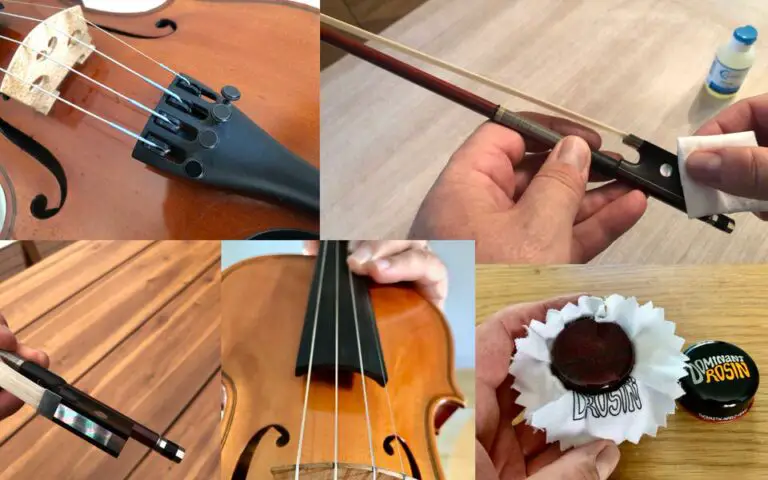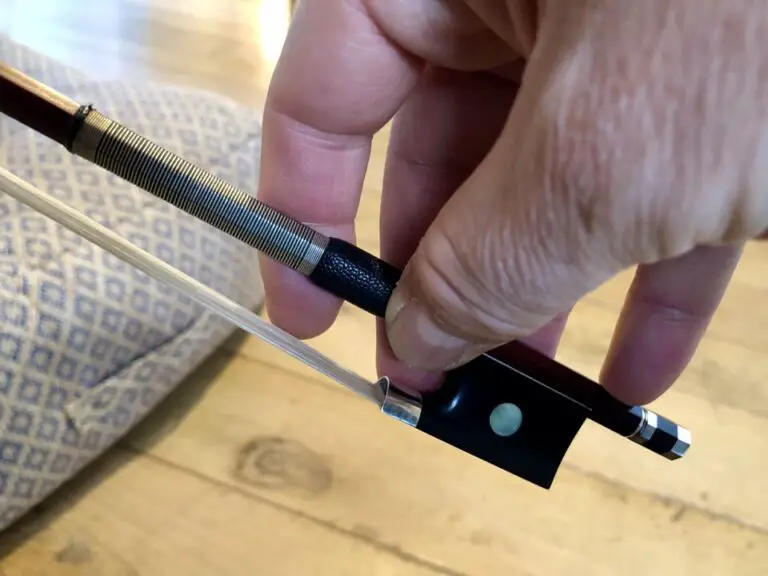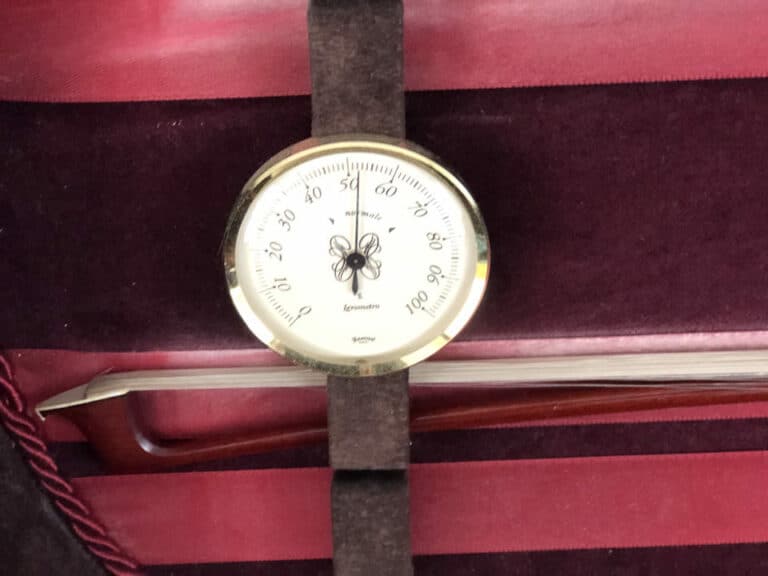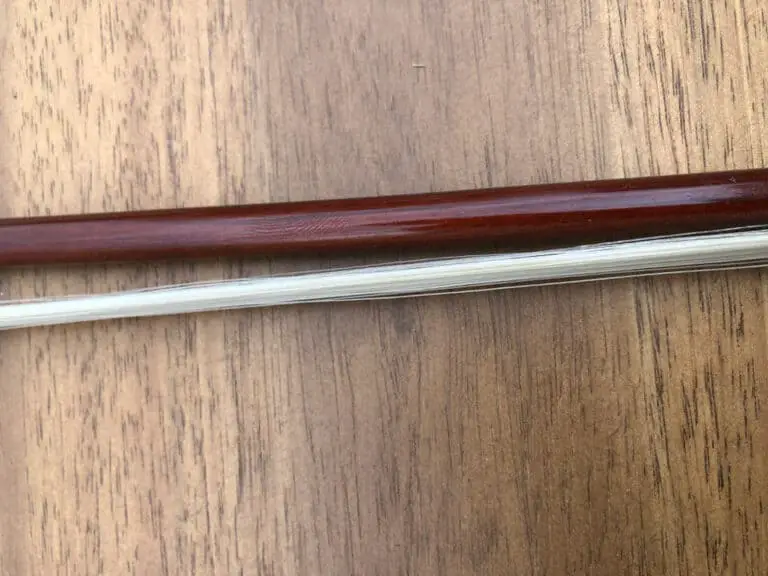How Much Does a Violin Bow Weigh? Is heavy good?
For the untrained eye, a violin bow may appear as a mere accessory to the main instrument. However, for a musician, understanding the intricacies of a bow is as fundamental as mastering the violin itself. One of the critical parameters is the bow’s weight, which, more than its length, plays a pivotal role in shaping a piece’s tone, sound, and articulation.
Is bow weight significant for its playability, stability, and sound? Will I learn better and quicker with the proper bow?
Violin bow length is less important than weight
While not the most crucial factor, the length of a bow is standardized for adults, generally ranging between 29.1 to 32.7 inches (74 to 83 cm). This length ensures comfortable playability across the violin’s strings.
Players on the short side sometimes find it difficult to play at the tip of the bow. The trick is to turn the elbow slightly, to reach the tip, even if it is not permitted usually.
Tall violinists sometimes use viola bows to benefit from longer (and heavier) bows like Augustin Dumay for instance.
Other than that, the length is not the bow’s crucial aspect. It’s the weight that truly defines the bow’s characteristics.
How much does a violin bow weigh?
The weight of a violin bow can be influenced by several factors:
- Material: Whether crafted from traditional Pernambuco wood, carbon fiber, or another material, each has its unique weight profile. Pernambuco bows, treasured for their superior tonal qualities, tend to be naturally heavier. Rosewood or snakewood still make good bows but are usually lighter. In contrast, carbon fiber bows are lighter but are loved for their durability.
- Craftsmanship: The way a bow is carved can significantly influence its weight. Master bow makers meticulously shape the stick to achieve the desired weight and balance. Carving the stick in a round or octagonal shape defines its weight but also its weight distribution (the difference in weight between the tip and the frog). By carving wood, the bow maker decides everything
- Metal at the frog: Often overlooked, the metal mountings and fittings at the bow’s frog can add significant weight. This metal is not just ornamental; it’s a strategic weight addition by the bow maker.
- Personal Bows: As an anecdotal note, bows in my collection weigh between 60 to 67 grams. I like heavy German bows. However, personal preferences and specific playing requirements can influence a musician’s choice.
If you’re curious about your bow’s weight, you can approximate it by balancing the bow on your right arm’s index and little finger. This technique is not precise but gives an idea of the bow’s weight distribution. If you are used to doing it, you can easily compare two bows one after the other.

Weight Distribution have an influence on bow playability
The center of gravity in a violin bow is crucial:
- Tip & Frog: Typically, a bow is lighter at the tip and heavier at the frog. This weight gradient aids in producing varying dynamics and tones while playing.
- Compensation in Playing: Due to this weight distribution, violinists often need to adjust their bowing pressure, especially when transitioning between the frog and tip. If the dynamics are forte (loud) it is recommended to play at the frog. Conversely, you will benefit from playing at the tip if you want to play softly (piano). If you want to play the other way around, you will need to compensate with your technique and this is not easy.
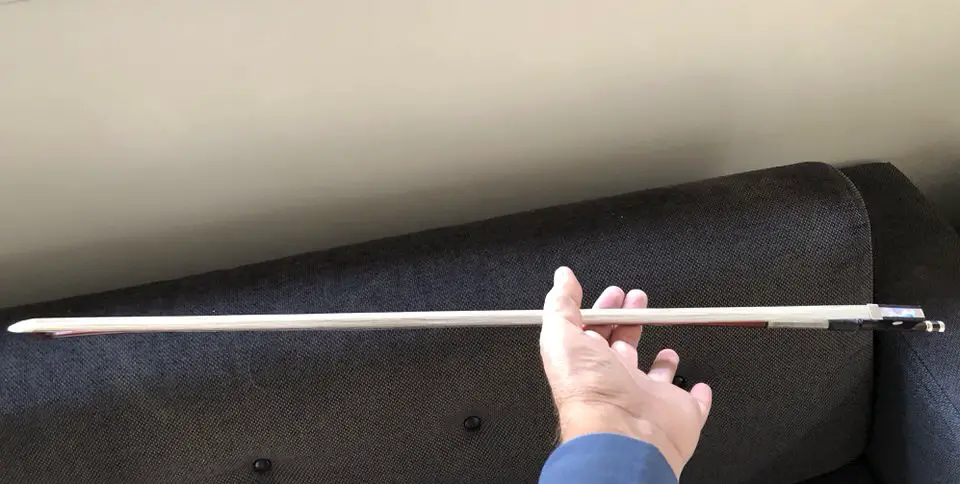
Stability for detaché and chords
The weight at the bow’s frog end is paramount not only for the produced sound but also for stability. Especially when playing intricate chords, as in Bach’s pieces, a weighted frog provides the necessary balance and firmness. This stability ensures clear articulation and resonant chords without any wobble or uncertainty.
Bounciness for different bow strokes
A bow’s bounciness is dictated largely by its center of gravity. Depending on this balance, the bow naturally bounces more freely in certain areas. Techniques like spiccato or saltellato become easier or more challenging based on where this center lies. A well-balanced bow aids in achieving controlled bounce at the desired speed.
Bow weight has a slight influence on the bow arm weight in sound-producing techniques. Here is what the Strad has to say about it.
I have weighed a collection of bows for you: here’s a table
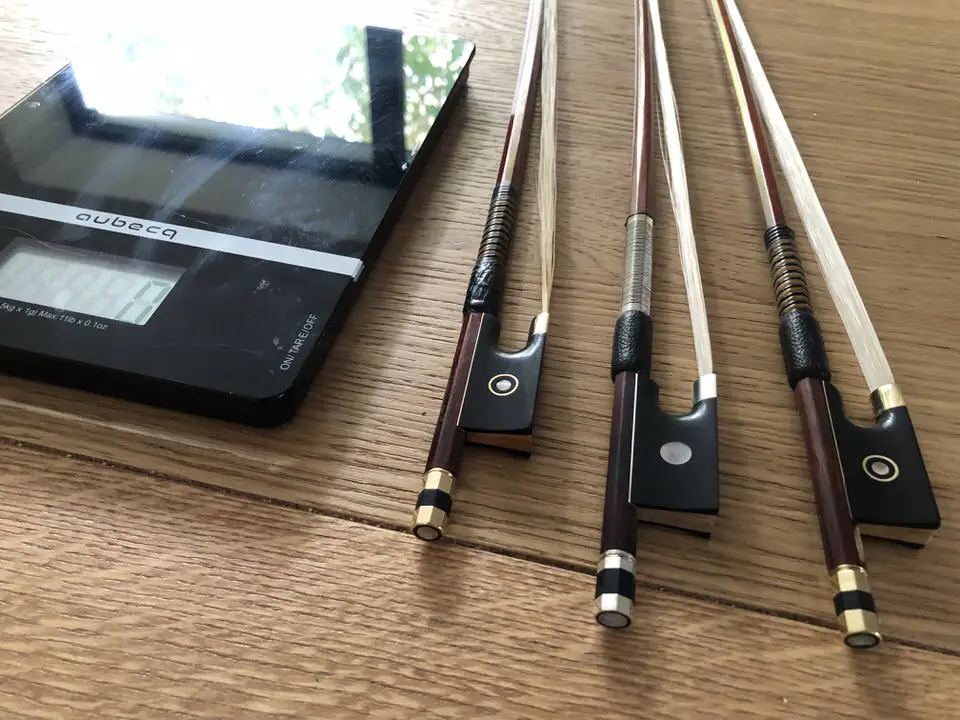
Table of bows weight
| Bow Type | Average Weight |
|---|---|
| 1/4 violin bow | 40-45 grams |
| 1/2 violin bow | 45-50 grams |
| 3/4 violin bow | 52-56 grams |
| Full-size violin bow | 58-67 grams |
| Viola bow | 68-72 grams |
| Cello bow | 78-82 grams |
Note: The weights mentioned are averages and can vary based on the specific bow’s materials and craftsmanship.
Conclusion
In conclusion, the weight of a violin bow, while seemingly a minute detail, holds paramount importance in the realm of music. It shapes the tone, influences playing techniques, and adds character to the musical piece. Both amateur and professional violinists must understand and appreciate their bow’s weight to extract the best musical experience from their instrument.
Here is my advice on how to choose a bow.
FAQ
Is a light bow better for ease and playability?
A light bow can be attractive for orchestra musicians who play during endless sessions. Every gram saved can help alleviate arm tension and pain. A light bow provides less strain on the muscle and eases movements. But, on the other hand, it might be lacking in sound quality. And all the strokes that depend on weight might suffer from a light stick: saltellato or spiccato will be too thin or quick.
Is a heavy bow better and more stable?
But a bow shouldn’t be too light either, as its weight is essential to generate the sound. Going into the string for a powerful sound that projects into the hall is also crucial. All the bow strokes that depend on the bow bounciness will benefit from a heavy bow: chords will be more stable, and saltellato and spiccato will be more powerful and regular. Lastly, a heavier bow is essential because with weight comes momentum. When the bow goes in one direction with momentum, it will be straighter and more stable if heavier.


